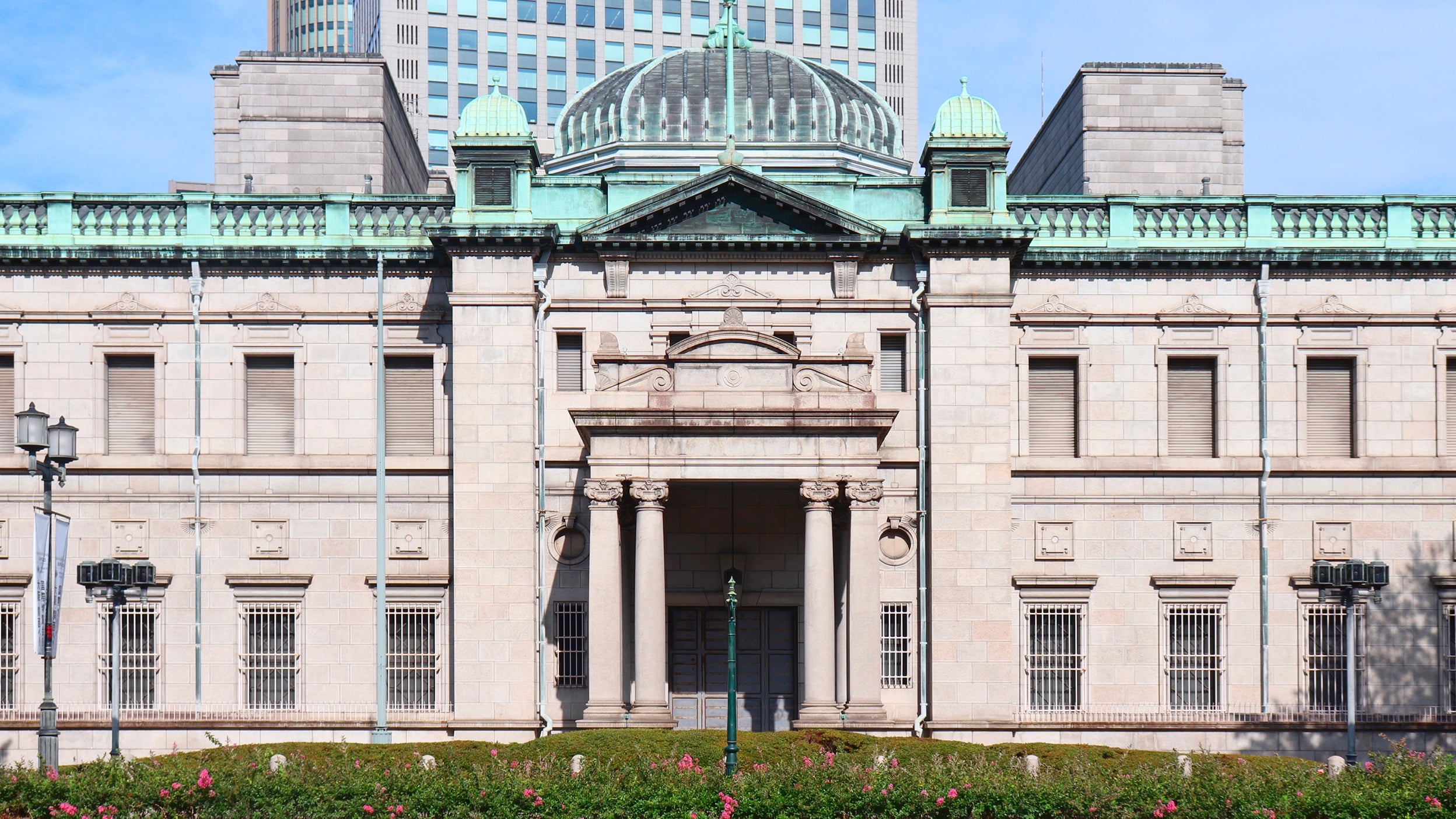Yield curve control – a primer

Prior to the global financial crisis (GFC), the main policy tool used by the US Federal Reserve (Fed) was either lowering or raising the overnight interest rate.
Post GFC, several central banks expanded their balance sheet in successive rounds of quantitative easing (QE), which became the primary monetary policy tool after short-term interest rates reached the zero-lower bound.
Some now believe that the canonical next step is yield curve control, a policy that would mean the Fed targets a specific long-term interest rate and pledges to buy the required amount of US long-term Treasury securities to keep the interest rate from rising above its target.
For example, the Fed might target a 2% interest rate on 10-year Treasuries, and if 10-year yields rose above 2% the Fed would step into the market and begin to purchase 10-year Treasuries until the yield fell back below 2%.
Investment risks
-
The value of investments and any income will fluctuate (this may partly be the result of exchange rate fluctuations) and investors may not get back the full amount invested.
Important information
-
All data is as at 12 January 2021 unless otherwise stated.
This document is marketing material and is not intended as a recommendation to invest in any particular asset class, security or strategy. Regulatory requirements that require impartiality of investment/investment strategy recommendations are therefore not applicable nor are any prohibitions to trade before publication. The information provided is for illustrative purposes only, it should not be relied upon as recommendations to buy or sell securities.
Where individuals or the business have expressed opinions, they are based on current market conditions, they may differ from those of other investment professionals, they are subject to change without notice and are not to be construed as investment advice.


